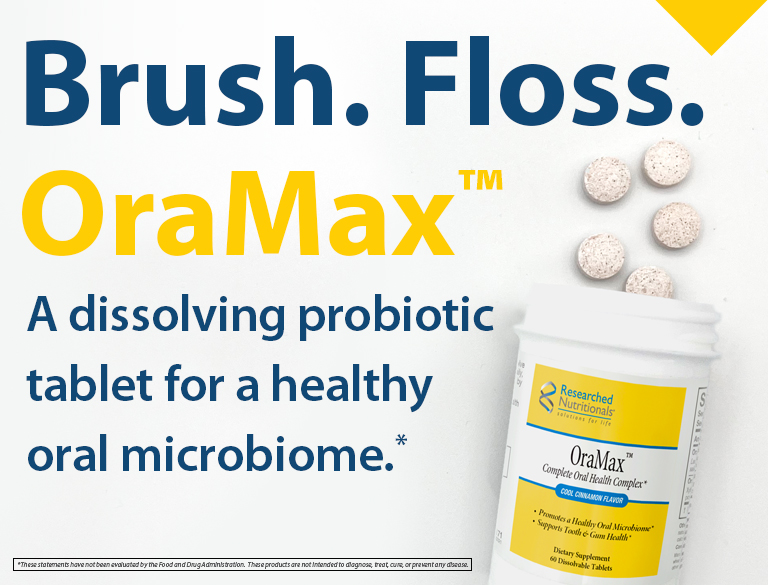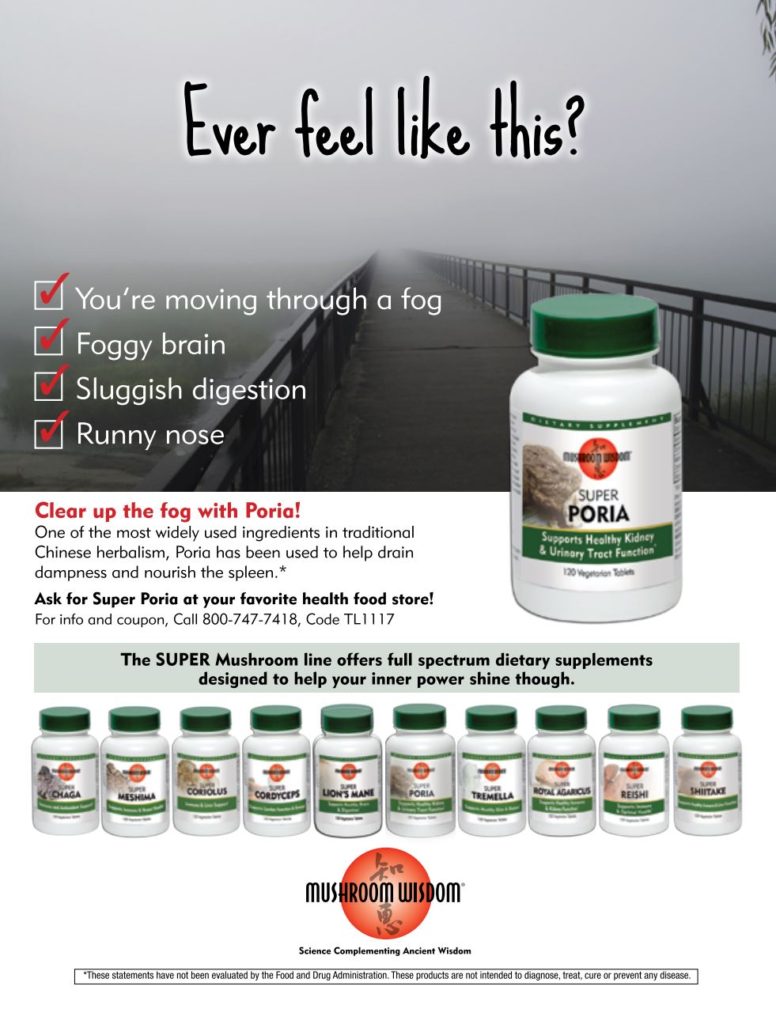By Devaki Lindsey Berkson, DC
One out of three Americans are at risk of kidney disease.1
This equals tens of millions of people.
Often kidney disease is silent. Many who have it don’t know they have it. You might think an article on kidney disease doesn’t pertain to you because you don’t have symptoms and you are basically healthy. Or if you’re a practitioner, not a kidney doctor (a nephrologist)…why care? Typically, patients with kidney problems go to kidney doctors.
However, kidney health, as you will soon learn, “drives” heart health. Chronic kidney disease (CKD) is a heart attack (myocardial infarct) equivalent. Heart disease is the number one killer in both men and women.
Also, when patients with kidney disease see a renal specialist, they mainly get their progress tracked, or their decline monitored. They rarely get better or reverse the stage of their kidney disease. There are five stages of renal decline, from mild kidney damage in stage one, to kidney failure in stage five. Kidney failure is loss of 85% of normal kidney function. Dialysis can improve renal function only a bit above this 15% functionality number. It is not a superb fix, even though it is lifesaving and life-prolonging.
Doctors typically measure how well kidneys filter waste from the blood by the “estimated glomerular filtration rate” or eGFR. Estimated means it’s an equation based on a set of numbers. The eGFR is a number based on your blood test for creatinine, a waste product in your blood.
- Stage 1 CKD: eGFR 90 or Greater
- Stage 2 CKD: eGFR Between 60 and 89
- Stage 3 CKD: eGFR Between 30 and 59
- Stage 4 CKD: eGFR Between 15 and 29
- Stage 5 CKD: eGFR Less than 15.
We want both healthy kidneys and heathy hearts. I think we should also strive to reverse renal disease, if possible, if we have it. Thus, this article.
Diabetes is one of the leading causes of kidney disease. Half of the people with chronic kidney disease2 (CKD) also have diabetes. But not all. I had kidney disease for 16 years and am thin, athletic, and without blood sugar or diabetic issues.
People with kidney disease in the early stages (stages one through three) have very few “symptoms.” Kidney disease is one of the silent diseases (like cancer).
People with kidney disease are prone to excess levels of potassium in their blood.3 When potassium builds up in the blood, it becomes dangerously toxic to many tissues. For example, too much potassium in the blood can cause heart block in the electrical conduction system of the heart and/or cardiac arrest, which is an abrupt loss of normal heart function.
As we age, renal filtering (or kidney function) starts to decline by 1% per year after the age of 40. If we have high blood pressure, this can also be harmful to the kidneys and can amplify this percentage of decline.
As kidney function falls—demonstrated by declining blood levels of eGFR (estimated glomerular filtration rate) and/or rising creatinine—potassium levels start to rise.
- Normal working kidneys easily clear potassium from the blood stream.
- Worsening kidneys do not.
- Higher levels of potassium become extremely toxic when the eGFR is below 30.
Increasing blood levels of potassium is a sign of worsening kidney disease. However, regulating blood potassium levels is complicated. Many foods we should eat plentifully, like fruits and veggies, are very high in potassium. Some important medications worsen potassium levels. This means that the treatment of kidney patients becomes a balancing act between diet, nutrients, and medications.
Everything in the body is all about Goldilocks. The body likes “just right.” Levels of potassium that are either too low or too high are not healthy for anyone, especially for those with renal disease.4 Ideally, potassium levels should be near mid-4 millimoles per liter (mmol/L) and not creep up to 5 mmol/L or higher, especially in someone with kidney disease.5
There are nuances of testing potassium levels in the blood. Many don’t realize that potassium goes up and down throughout the day. Potassium levels are higher after eating and lower with fasting. Therefore, in learning how your body and kidneys process potassium, it is best to use a fasting blood test.
The colon facilitates some excretion of potassium. In people with healthy kidney function, the colon helps rinse 10% of potassium out of the body that came in from food. In people with renal decline (chronic kidney disease or eGFR—estimated glomerular filtration rate— below 60), the colon can pick up some of the kidney slack and can excrete 30 to 35% of the potassium from what we eat. Thus, gut health intermingles with kidney health. If the colon isn’t up to this “back-up” renal task, more potassium can build up in the blood.
Why diabetics have more vulnerability to excess potassium levels is complicated. There are several possible reasons. Diabetic patients are at risk of elevated blood potassium after taking certain medications for long periods of time, such as RAS blockers—renin-angiotensin system
medications like angiotensin-converting enzyme (ACE) inhibitors and angiotensin II receptor blockers (ARBs), or aldosterone receptor blockers—especially if not on diuretics at the same time. But long-term diuretics can contribute to the complexity mix, too. Excess protein going through the kidneys can damage renal tubules. Also, people with diabetic kidney disease may have several types of kidney disease at the same time such as renal tubular acidosis (4 RTA).
Nature is great, but she isn’t simple.
What else can elevate potassium levels in someone with lowering renal function? Potassium levels can rise due to too much fruit, other medications, NSAIDs, more veggies than a person’s body can handle, and high blood pressure. Sometimes it is elevated by a laboratory artifact (lab tests can sometimes be wrong), a blood sample can sit around too long, or if the blood comes out very forcefully—red cells can lyse, (break apart) liberating the higher gradient of potassium inside the cell into the plasma, thereby artificially elevating potassium. This can also lower glucose artificially due to longer time in contact with metabolizing cells. Sometimes we just need to repeat the test to see if it’s real.
Veggies and fruits are high in potassium. This is fine for someone with healthy kidney function, but potassium levels need to be monitored in someone with declining renal function. But as you will soon learn later in this article, I think this is not “root cause” but a manifestation of an ill kidney. It may be that nasty molecules are “banging” kidney tissue into worsening function, so that the potassium in healthy foods becomes elevated in the blood. It would be better to figure out why the kidneys can’t process the potassium rather than avoiding all these healing foods. But for now…
Prunes, for example, are often used by seniors to treat constipation. They are very high in potassium. Potatoes are sky high in potassium. Fruits and veggies are healthy for many people but may not be good for you if you have kidney disease and excess potassium in your bloodstream—until you take other stress off your kidney, which we will go into soon.
Blood Pressure and Blood Sugar Medications
Blood pressure and blood sugar medications can complicate blood potassium levels. Some blood pressure medications are called “renal sparing” in that they slow down the progression of kidney disease. But they have to be taken in sufficient dosages to produce these protective actions. However, studies have repeatedly shown that only one in five patients with established kidney disease are receiving ACE and ARBs in the correct dose that is renal protective.
But these meds also have a potential shadow side. Long-term use of ACE and ARB medications can increase potassium. So treatment of these patients is a balancing act. Remember It’s Complicated! the movie with Meryl Streep and Alec Baldwin?
To summarize, drugs that prevent progression of kidney disease may be being underutilized. But these same drugs may also worsen the issue by creating a need for other meds that lower potassium. In addition, diuretics, (especially hydrochlorothiazide and chlorthalidone), which may be helpful to kidney disease, may also rinse out critical nutrients that are protective co-factors for enzymes in the cardiovascular system or even elevate damaging molecules that worsen kidney (and heart disease) like TMAO (tri-methylamine-N-oxide).






